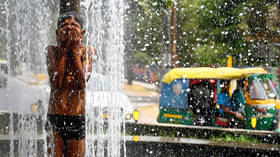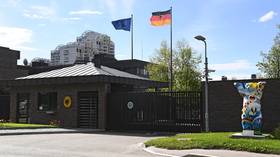India’s most valuable resource may be running out
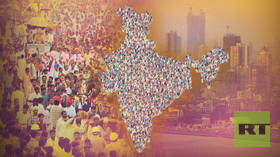
India is the most populated country in the world, with a fertility rate that is plunging rapidly. Its demographic profile is rapidly changing, and responding to this requires urgent measures: jobs for its burgeoning young population, and investment in healthcare and insurance for its ageing citizens.
As of 2023, around 40% of India’s population is younger than 25, while the ageing population of those over 65 is expected to more than double in the next 20 years.
According to a UN report, roughly one in every five people in the world aged under 25 lives in India. “Looking at India’s age distribution another way, the country’s median age is 28,” the report observed.
Can India turn this demographic bulge – making it home to the largest workforce of the world – to its advantage?
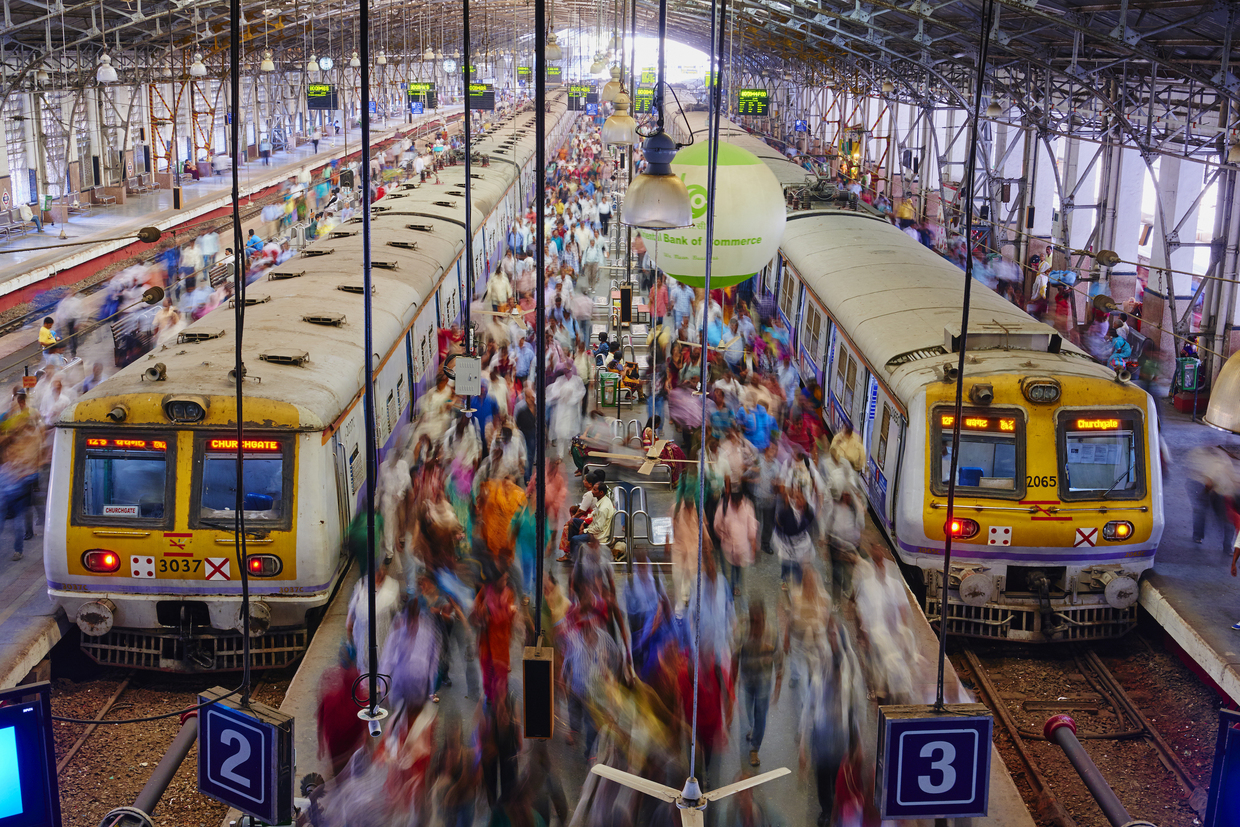
Population expert Poonam Muttreja says there is a limited window of opportunity.
“The Indian government requires a multi-faceted approach to leverage these demographic trends for sustainable development,” she told RT. “At 253 million, adolescents [aged between ten and 19] constitute about 20% of India’s population. However, as the declining total fertility rate (TFR) indicates, we have a limited window of opportunity to harness this dividend.
“In the next few decades, we can prepare the young population for future challenges and equip them with the necessary skills for the Indian and global labor market by improving access to healthcare services, including family planning services, enhancing educational opportunities, and developing comprehensive skill development programs. Given the ongoing shortage of the working-age population in many developed and Western countries, it’s crucial to execute these programs at scale,” she said.
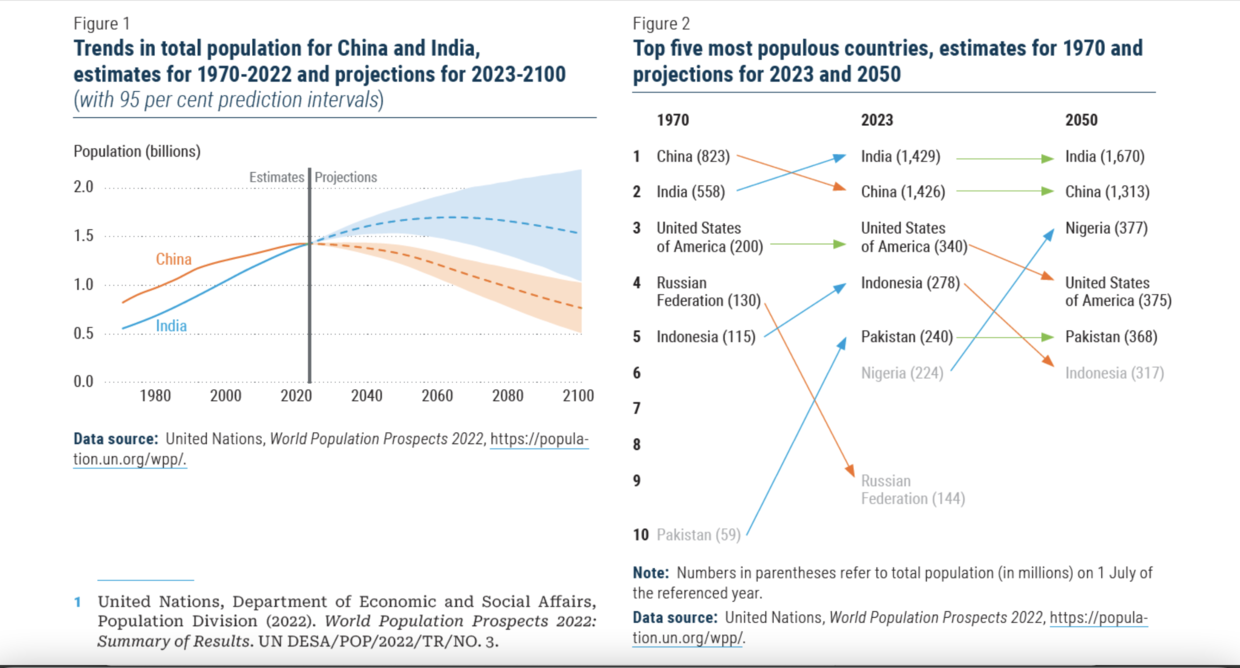
Changing demography
Although India’s exact population is not known because the last census was conducted in 2011, the State of World Population Report says it officially surpassed China’s 1.425 billion by about 3 million to become the most populated country in July 2023. A PEW Research Center report concurs with this.
India’s population has grown by more than 1 billion since 1950 and is projected to surpass 1.5 billion by the end of this decade. The forecast is that it will grow to 1.67 billion in 2050 before settling at 1.53 billion in 2100. It will peak at 1.7 billion sometime in 2064.
India’s fertility rate, however, is plunging at an alarming rate – and if the prevailing trend continues, the country will soon fall short of meeting the numbers needed to maintain a stable population.
The TFR, a term used by demographers to reflect the average number of children a woman can have during her child-bearing years, has slipped to 2.0 children per woman, which is below the TFR of 2.1 – the average number of children per woman needed for each generation to continue.
The TFR presently hovers around 2.0 in most projections by the UN Population Division, The Lancet, and the Indian Government’s National Family Health Survey (NFHS).
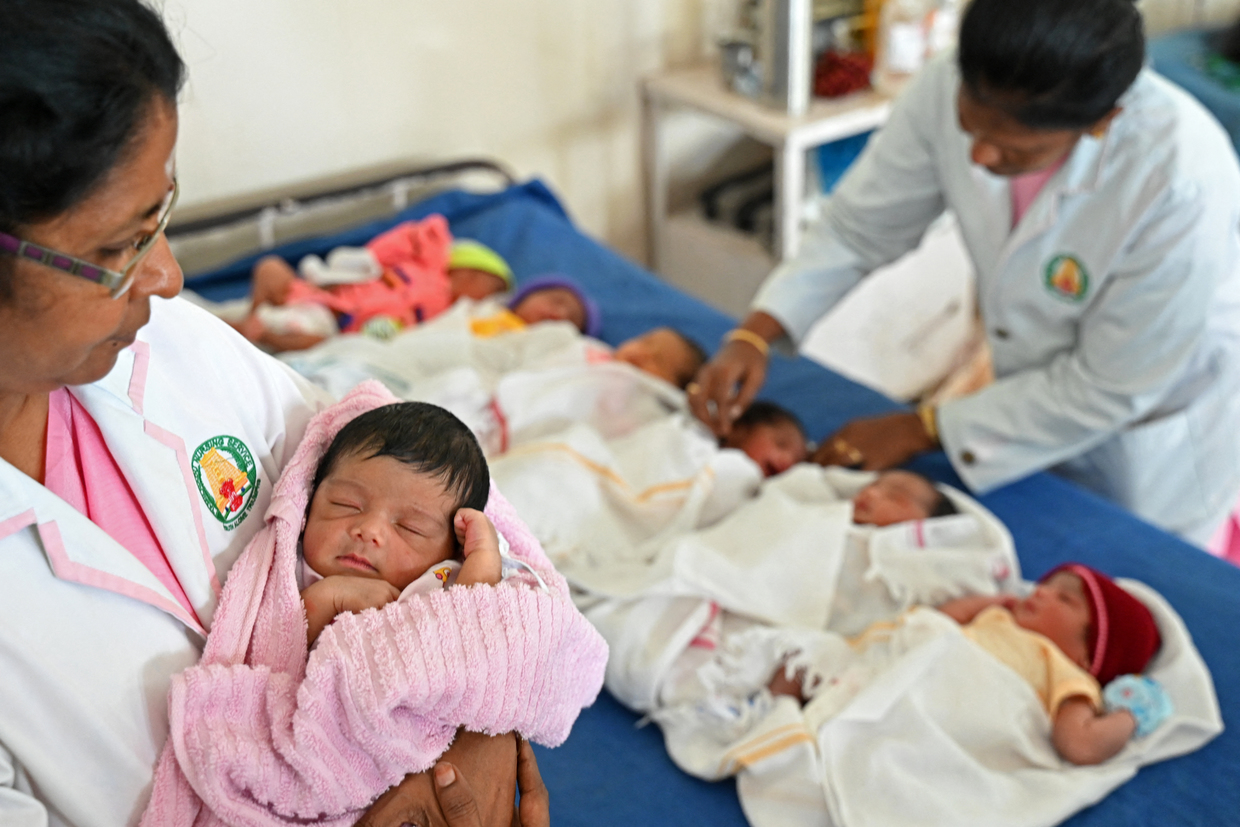
An average Indian woman who had 5.9 children in 1950, and 3.4 children in 1992, now has 2.0 children, according to the latest NFHS report of 2019-2021.
Alarm bells were sounded when The Lancet predicted a low TFR of 1.29 children by 2051 in a 2023 report. The UN’s Economic and Social Commission for Asia and the Pacific (UNESCAP) predicts a low TFR of 1.78 children by 2050.
According to UNESCAP, the TFR dipped from 4.04 in 1990 to 3.35 in 2000, and to 2.05 in 2020.
The projected fertility rate for 2024 is 1.98. The current fertility rates in China and the US are 1.2 and 1.6, respectively.
Fertility rate and religion
According to PEW Research Center, every religious group in India has seen its fertility rate dip, including Hindus, Muslims, Christians, Sikhs, Buddhists, and Jains.
Fertility rates vary across Indian states, as well as rural and urban pockets, according to NFHS (2019-2021). In rural areas, fertility rates fell from 3.7 children 20 years ago to 2.1 at present, and in urban areas, from 2.7 to 1.6.
Among Muslims, the total fertility rate has declined from 4.4 children per woman in 1992 to 2.4 in 2019-2021. Muslims still have the highest fertility rate among India’s major religious groups, but the gaps in child bearing among India’s religious groups are generally much smaller than they used to be, according to PEW.
In an article published in Mainstream Weekly (September 25, 2004), RB Bhagat, an academic, pointed out: “After each census, communal passions have flared up. A similar situation arose at the beginning of the 20th century when the 1901 census revealed a decline in the growth rate of Hindu population. This led to the articulation of a demographic theory of Hindus as a dying race…The fear of Hindus being outnumbered has since then erupted after almost every census,” he observed.
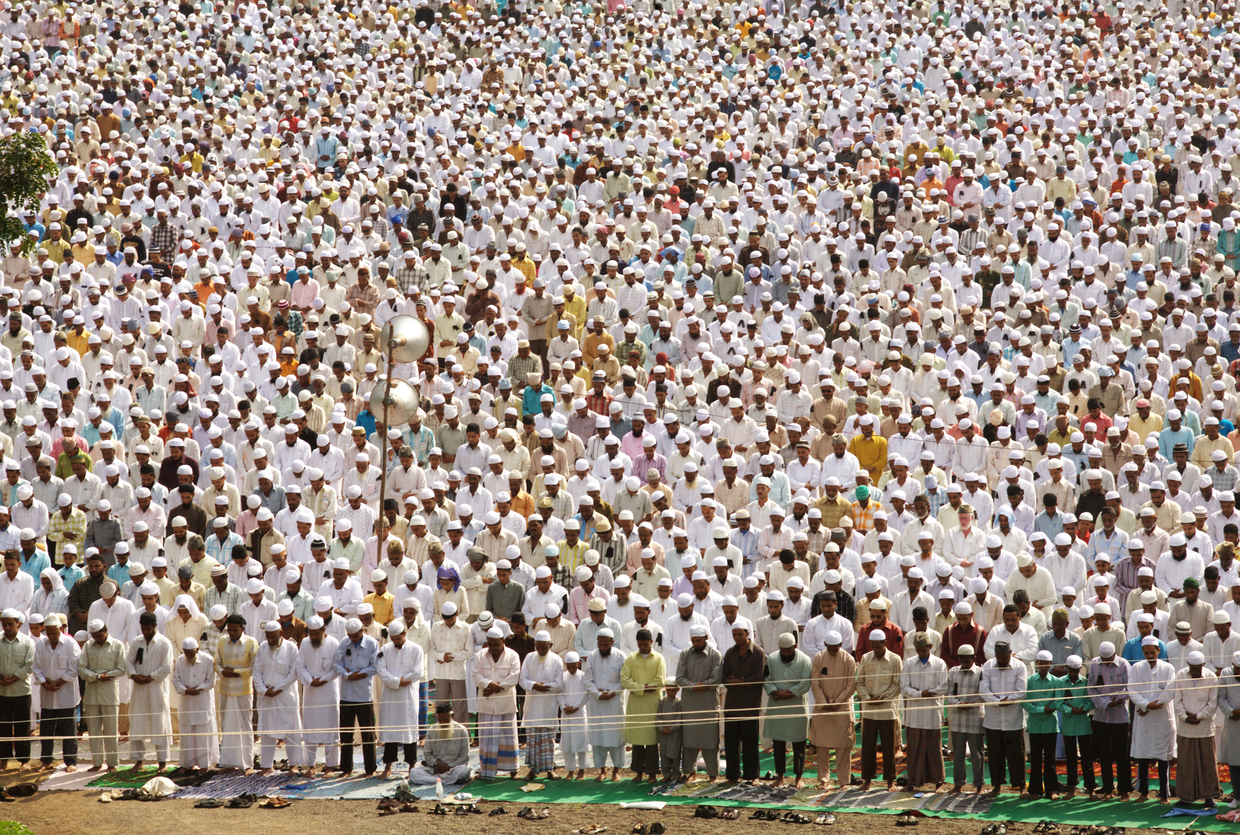
“This is partly due to the lack of adequate data and partly because of the persistence of the stereotypes about the Muslim community which have been sustained by communal polarization... Those who abuse demography for communal ends do not recognize the facts: in recent years the rate of acceptance of family planning practices has been rising faster among Muslims than among the Hindus and fertility has been falling more rapidly among the Muslims,” he added.
Fertility rate and states
In India’s most populous state Uttar Pradesh (UP), the TFR dropped from 2.7 (2015-2016) to 2.4 (2020-21). In urban areas, the TFR was 1.9, while in rural areas it was 2.5, according to NFHS.
State data indicate that the current TFR in Bihar is the highest at 2.98, followed by Meghalaya at 2.91. The lowest TFRs are from Sikkim at 1.05, and Goa at 1.3.
Likewise, population growth varies across states. In the northern and central Indian states of Uttar Pradesh, Madhya Pradesh, Rajasthan, Bihar, Jharkhand, Chattisgarh, Jammu and Kashmir population is growing at more than 20%.
The populations in the northeastern states of Meghalaya and Arunachal Pradesh both increased by 25% or more between 2001 and 2011, according to the last Indian census (2011).
In comparison, the populations of Goa (western India) and Kerala (southern India) increased by less than 10% during that period, while the population in Nagaland (northeast India) shrank by 0.6%, according to PEW.

The challenge
The median age in India in 2023 was 28.2, and life expectancy was 72 years – 73.6 years for females, and 70.5 for males.
Muttreja says the government’s population projections suggest the median age of Indians will jump ten years to almost 35 by 2036, and preparing for the increasing elderly population by investing in social and health infrastructure is crucial. She suggests the development of policies and programs to support the elderly will ensure they can contribute to and benefit from the economy, creating a “silver dividend.”
India’s declining TFR is in line with sliding global fertility rates, yet the country needs to plan better for its complex demography – a rising young population, who need more employment opportunities, and a growing elderly population which needs to have a social security and healthcare plan.
Asked what measures should the government take in view of the rapidly declining TFR, a burgeoning young population and increasing life spans, Muttreja said, “Indian states that are already in an advanced stage of demographic transition, especially those with TFR well below the replacement level, need to provide better childcare facilities, incentives to women, and migrant-friendly policies.”
She added, “Almost half of our current population comprises girls and women. Addressing gender disparities is equally important. We must ensure gender-responsive work environments, improve financial access for women and girls, and expand access to modern family planning methods to meet the unmet need for contraception.”
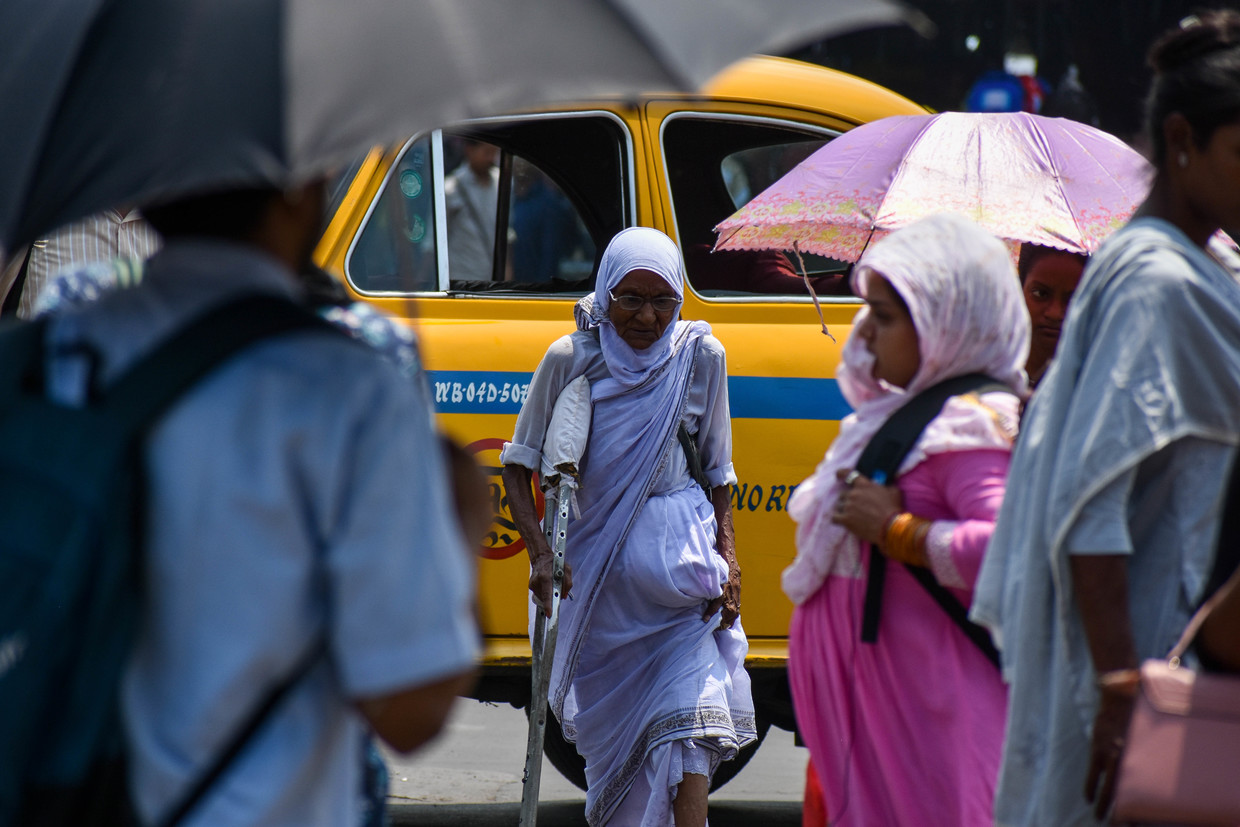
Demography and climate change
Concerns over protecting and preserving the planet for the future generations are high with stress on urgently transitioning away from the current overdependence on fossil-fuel energy. Two of the world’s most populous countries – India and China – have been marked in this respect.
Naman Gupta, a project manager with UNDP, who specializes in environment and climate change, said India was exposed and at risk.
“India has a unique geography and due to our diverse natural conditions we are more exposed to the risks of climate change. With the glaciers melting we have seen our hilly regions becoming more vulnerable, there are more landslides, more flash floods,” he said. According to Gupta, coastal areas, which are densely populated, are vulnerable to floods due to a rise in the sea level.
Experts notes that the government and developmental organizations like UNDP have been working together to get appropriate strategies in place to cope with climate change.
“There are initiatives like Mission LiFE, which engage communities to do their bit to reduce global warming. The private sector is also making its contribution to deal with climate change. But the goal of keeping the global temperatures within 2 degree Celsius is an uphill task, which requires more rigorous efforts. Given our large population, managing climate risk is a huge challenge for the country.”
So how does India turn its demographic bulge into an advantage? Muttreja offers an answer.
“Leveraging the young population to drive national progress by channeling investments into sectors that can harness their potential is key to positioning India as a global hub of human capital,” she says, noting the importance of a holistic and inter-sectoral approach.


